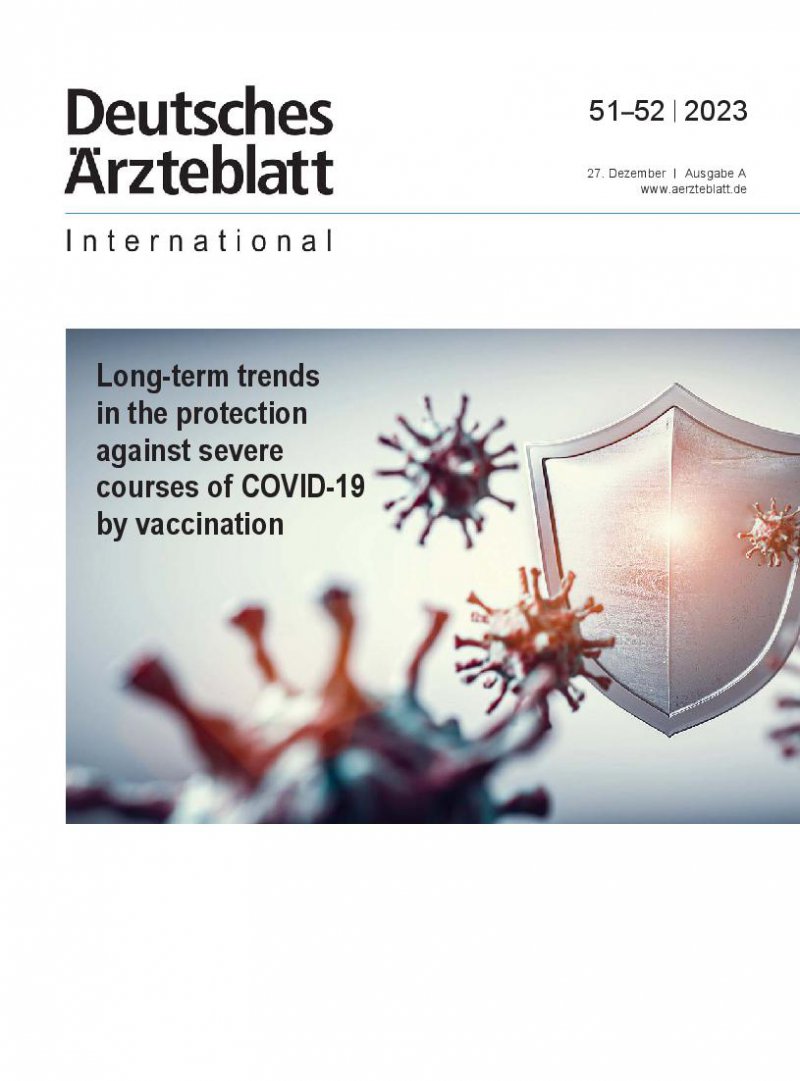Daylight Saving Time Transitions and Risk of Heart Attack—a Systematic Review and Meta-Analysis.
IF 6.5
2区 医学
Q1 MEDICINE, GENERAL & INTERNAL
引用次数: 0
Abstract
BACKGROUND The health risks of daylight saving time transitions are intensely debated. Disturbed circadian rhythms and lack of sleep after transitions might increase the risk of acute myocardial infarction (AMI). The only meta-analysis on the risk of AMI has now been considerably expanded. METHODS In this systematic review and meta-analysis (including meta-regressions and sensitivity analyses), we examine the frequency of AMI in the first few weeks after daylight saving time transitions (OSF registration www.doi.org/10.17605/OSF.IO/7CFKS). Eight databases were searched for pertinent literature up to September 2023. Authors were contacted for additional information. Study quality was rated using the Newcastle-Ottawa Scale. RESULTS Twelve studies from ten countries were included in the meta-analysis. Nine were of adequate quality, and three were of good quality. The pooled relative risk (RR) of AMI after daylight saving time onset (spring) was 1.04 (95% confidence interval [1.02; 1.07], I2: 57.3%), and 1.02 ([0.99; 1.05], I2: 51.6%) after daylight saving time offset (autumn). Recalculation after the exclusion of one study with inconsistencies yielded pooled RR values of 1.04 [1.01; 1.06] and 1.00 [0.99; 1.02], with the spring results being heterogeneous (I2: 56.9%) and the autumn results homogeneous (I2: 17.1%). CONCLUSION Current evidence suggests that there may be an increased risk of AMI after the spring transition, although there is moderate to marked heterogeneity among the studies that support this conclusion. More easily interpretable studies, such as those already conducted in the field of economics, should clarify associations with the aid of discontinuity regression and placebo tests. To this end, comparative risk analyses using years or places wherein daylight saving time was not practiced would be suitable.夏令时转换与心脏病发作风险--系统回顾与元分析。
背景夏令时转换对健康的危害引起了激烈的争论。夏令时转换后昼夜节律紊乱和睡眠不足可能会增加急性心肌梗死(AMI)的风险。在这项系统性综述和荟萃分析(包括荟萃回归和敏感性分析)中,我们研究了夏令时转换(OSF 注册 www.doi.org/10.17605/OSF.IO/7CFKS)后最初几周内急性心肌梗死的发生频率。我们在八个数据库中搜索了截至 2023 年 9 月的相关文献。并联系了作者以获取更多信息。结果来自 10 个国家的 12 项研究被纳入荟萃分析。其中九项研究质量合格,三项研究质量良好。夏令时开始(春季)后,AMI 的汇总相对风险 (RR) 为 1.04(95% 置信区间 [1.02; 1.07],I2:57.3%),夏令时抵消(秋季)后,AMI 的汇总相对风险 (RR) 为 1.02([0.99; 1.05],I2:51.6%)。在排除一项不一致的研究后重新计算,得出的总RR值分别为1.04 [1.01; 1.06]和1.00 [0.99; 1.02],春季的结果具有异质性(I2:56.9%),而秋季的结果具有同质性(I2:17.1%)。更易于解释的研究,如在经济学领域已经开展的研究,应借助不连续回归和安慰剂测试来澄清相关性。为此,可以利用不实行夏令时的年份或地区进行比较风险分析。
本文章由计算机程序翻译,如有差异,请以英文原文为准。
求助全文
约1分钟内获得全文
求助全文
来源期刊

Deutsches Arzteblatt international
医学-医学:内科
CiteScore
4.10
自引率
5.20%
发文量
306
审稿时长
4-8 weeks
期刊介绍:
Deutsches Ärzteblatt International is a bilingual (German and English) weekly online journal that focuses on clinical medicine and public health. It serves as the official publication for both the German Medical Association and the National Association of Statutory Health Insurance Physicians. The journal is dedicated to publishing independent, peer-reviewed articles that cover a wide range of clinical medicine disciplines. It also features editorials and a dedicated section for scientific discussion, known as correspondence.
The journal aims to provide valuable medical information to its international readership and offers insights into the German medical landscape. Since its launch in January 2008, Deutsches Ärzteblatt International has been recognized and included in several prestigious databases, which helps to ensure its content is accessible and credible to the global medical community. These databases include:
Carelit
CINAHL (Cumulative Index to Nursing and Allied Health Literature)
Compendex
DOAJ (Directory of Open Access Journals)
EMBASE (Excerpta Medica database)
EMNursing
GEOBASE (Geoscience & Environmental Data)
HINARI (Health InterNetwork Access to Research Initiative)
Index Copernicus
Medline (MEDLARS Online)
Medpilot
PsycINFO (Psychological Information Database)
Science Citation Index Expanded
Scopus
By being indexed in these databases, Deutsches Ärzteblatt International's articles are made available to researchers, clinicians, and healthcare professionals worldwide, contributing to the global exchange of medical knowledge and research.
 求助内容:
求助内容: 应助结果提醒方式:
应助结果提醒方式:


